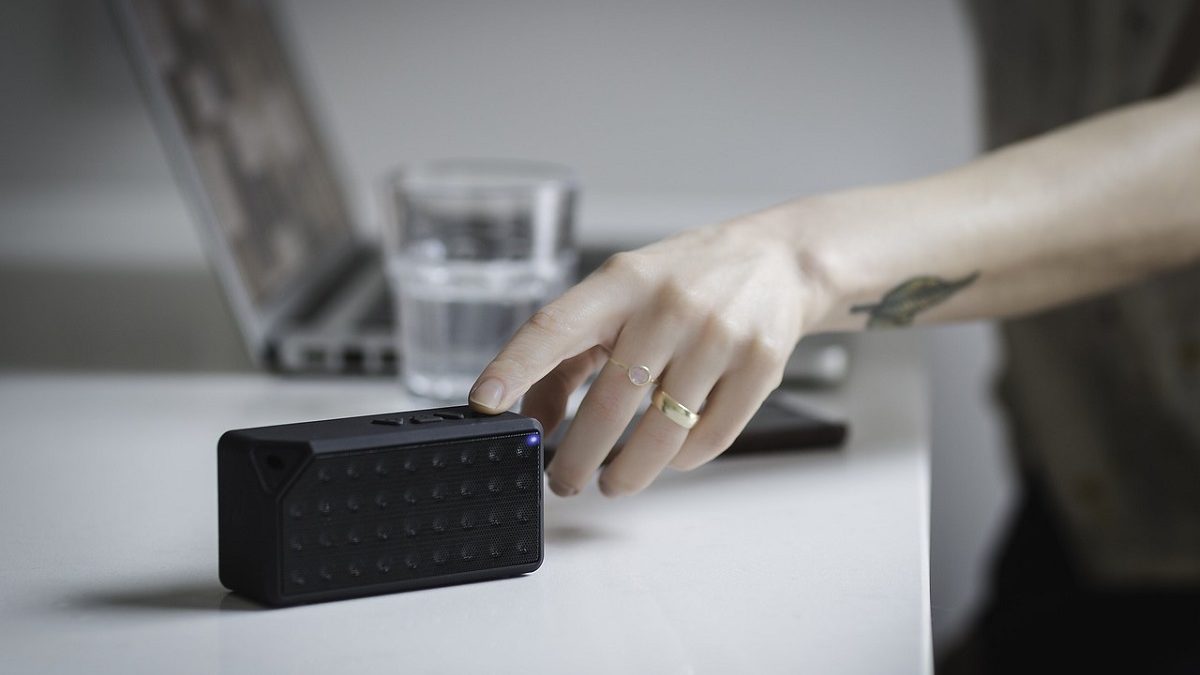How to configure Bluetooth: Before letting you know the process of How to configure Bluetooth, lets first get to know about the term Bluetooth.
Table of Contents
What is Bluetooth?
Bluetooth is a communications protocol used for wireless transmission of data, such as photos, music, contacts, etc. And also, voice between different devices that are within close range, within range, which generally is ten meters.
For example, thanks to this technology, we can link our smartphone with a printer to print our favorite photos without wires.
On the other hand, to explain the source of the name Bluetooth. We have to go back to the history of the Vikings dominance in northern Europe. This denomination comes from the King of Denmark and Norway Harald Bluetooth, who unified the Danish and Norwegian tribes and contributed.
In this way, the members of each other could communicate with each other. Hence the sense of calling Bluetooth to this wireless technology. responsible for facilitating communication (without having to resort to cables) between different devices.
What is Bluetooth used for?
The use of Bluetooth has been associated with mobile phones, as these were among the first devices to incorporate the protocol.
However, this wireless technology is present today, in smartphones, tablets, laptops, mice, keyboards, printers, headphones, televisions, digital cameras, MP3 players, or game consoles.
Also Read: What is OpenBSD? – Definition, History, Features, and More
How does Bluetooth work?
Bluetooth technology transmits data and voice wirelessly through radio waves operating in the 2.4 GHz (non-commercial) ISM band. To do this, it makes use of the Wireless Personal Area Networks ( WPAN ). When the radiofrequency transfer performed, the devices are not required to be aligned.
On the other hand, however, the equipment must be within a range, which is usually short, although it may vary depending on the device. Thus, they are classified as follows:
Class 1 devices: They have a maximum permissible power of 100 mW and, therefore, a range of 100 meters.
Class 2 devices: They are characterized by a range of 5 to 10 meters, given that their maximum power is 2.5 mW. These are the most common.
Class 3 devices: They have a maximum power of 1 mW and a range of only one meter.
How to configure Bluetooth?
As we move forward in the explanation, we realize the advantages offered by this protocol for the transmission of voice and data wirelessly and free of charge. And, its time now to know, the process of How to configure Bluetooth? And it is very simple.
- First, Bluetooth must be activated, making the devices to be connected visible. Usually, we do it from the settings or configuration of the device. Next, pair the teams (the first time we do it, it is necessary to enter a name or password on them – the same for both of them).
- It is also essential that the devices have compatible Bluetooth versions to save connection complications.
- Finally, say that it is advisable to disable Bluetooth when this technology is not in use to avoid battery consumption and keep devices safe.
Bluetooth standards
This technology came to light in 1994. When the Ericsson company began studying simple and basic communication between a mobile phone and its accessories. Subsequently, other large factories, such as Nokia, Sony, Intel, Toshiba, and IBM, joined that investigation.
In 1998, these six entities created a consortium to deepen this type of communication. And, in this way, the Bluetooth Special Interest Group ( SIG Bluetooth ) emerged. This group has been in charge of evolving technology, which has already passed through various standards:
- [Bluetooth] 1.0 and 1.0b: They had many interoperability difficulties, and the inclusion of the device address was required, so anonymity was not possible.
- [Bluetooth] 1.1: He introduced the correction of many errors that were present in the immediately preceding standard. Also, it added support for unencrypted channels, that is, without entering the address.
- [Bluetooth] 1.2: It provided the possibility of faster connection and transmission speed and improved resistance to interference in radio waves.
- [Bluetooth] 2.0: Introduced faster data transmission speed (with EDR technology) to speed up transfers. This EDR feature was presented, however, as an optional property.
- [Bluetooth] 2.1: It improved the pairing between two devices and increased the security of the technology.
- [Bluetooth] 3.0: Increased data transfer speed to 24 Mbit/s.
- [Bluetooth] 4.0: It was created in 2010, is the most recent, and brings together the classic Bluetooth, the high speed (based on WiFi), and the Bluetooth protocols of low consumption.
Also Read: What is Android? Definition, Features and More – October[2019]

